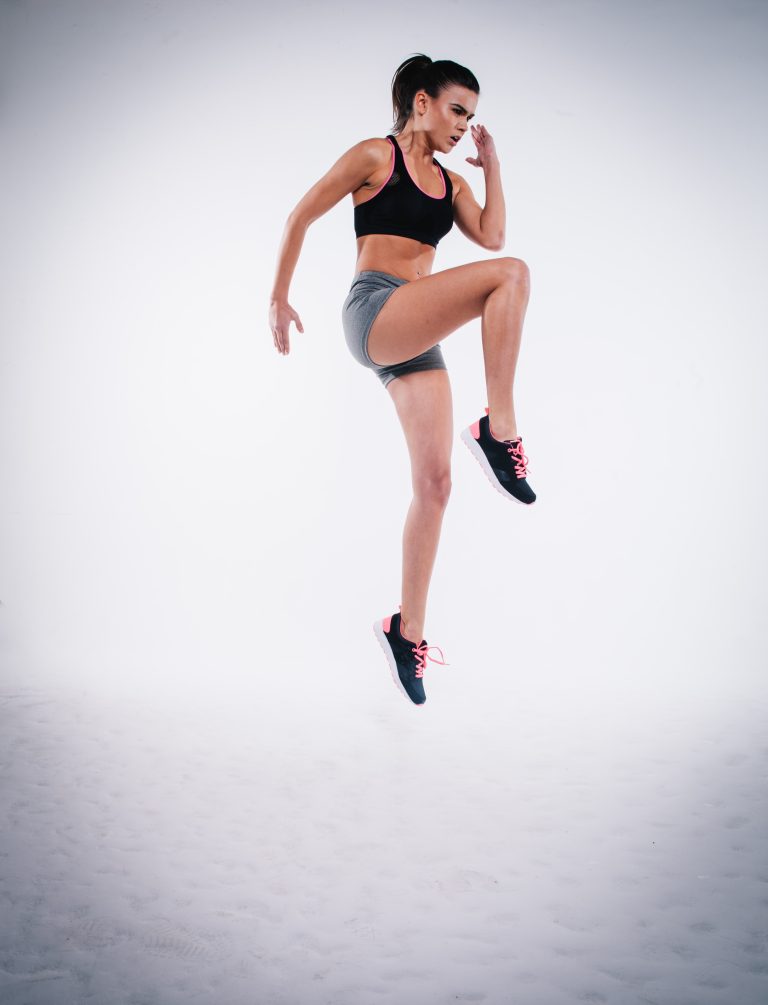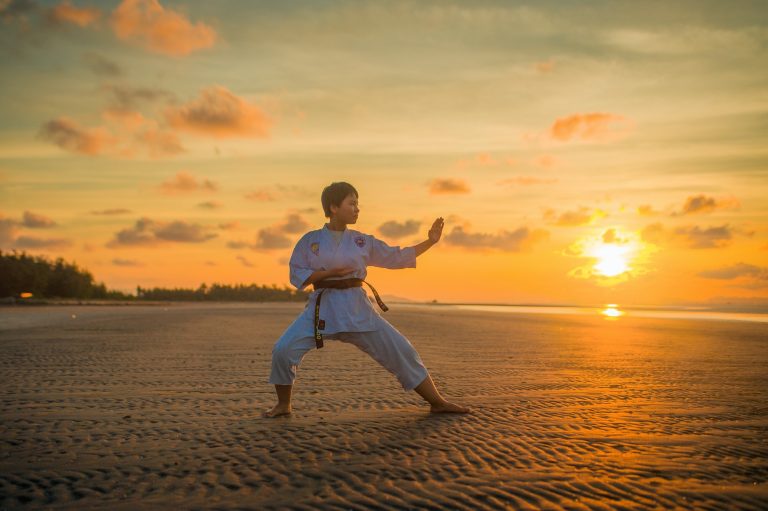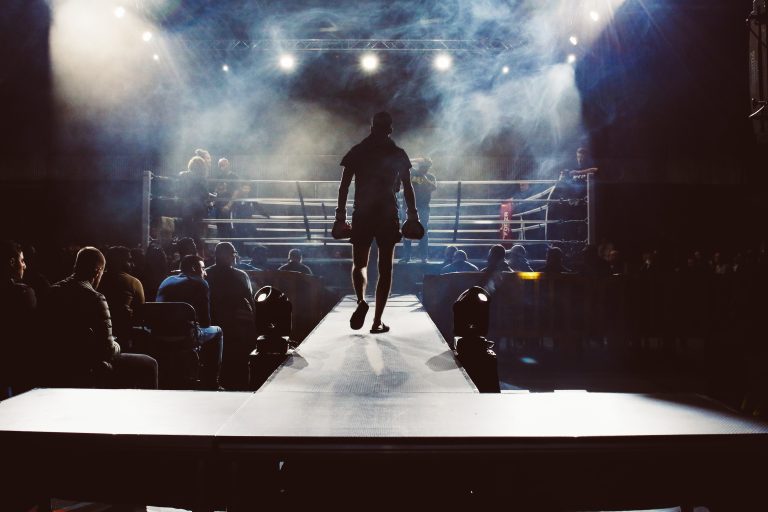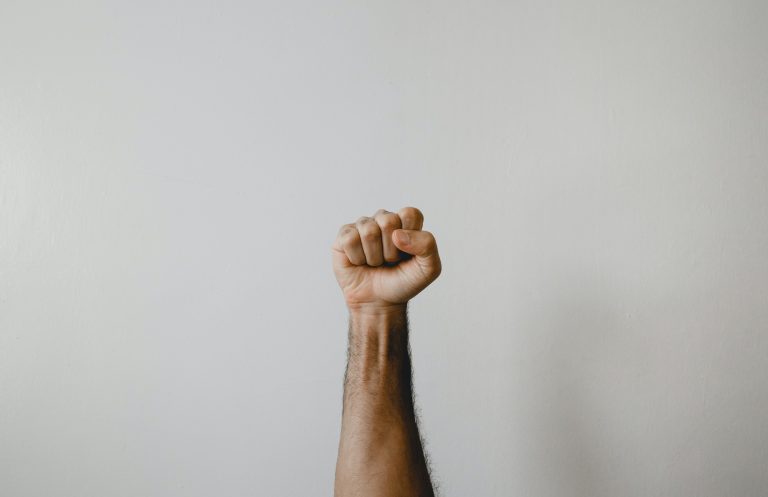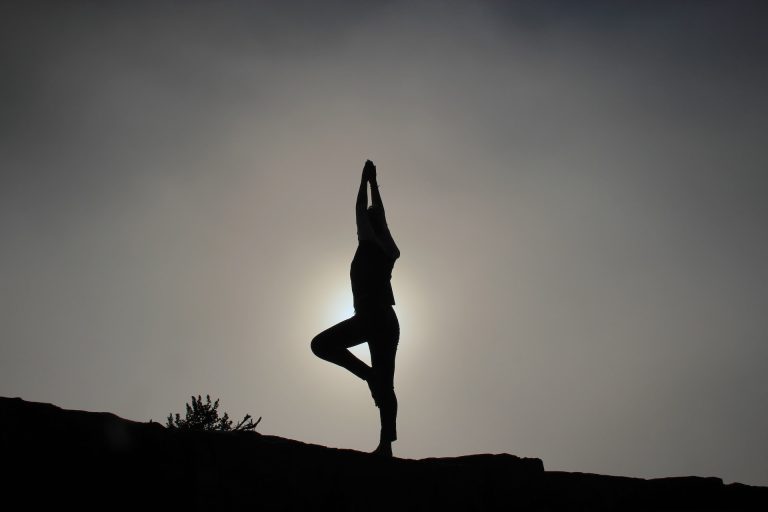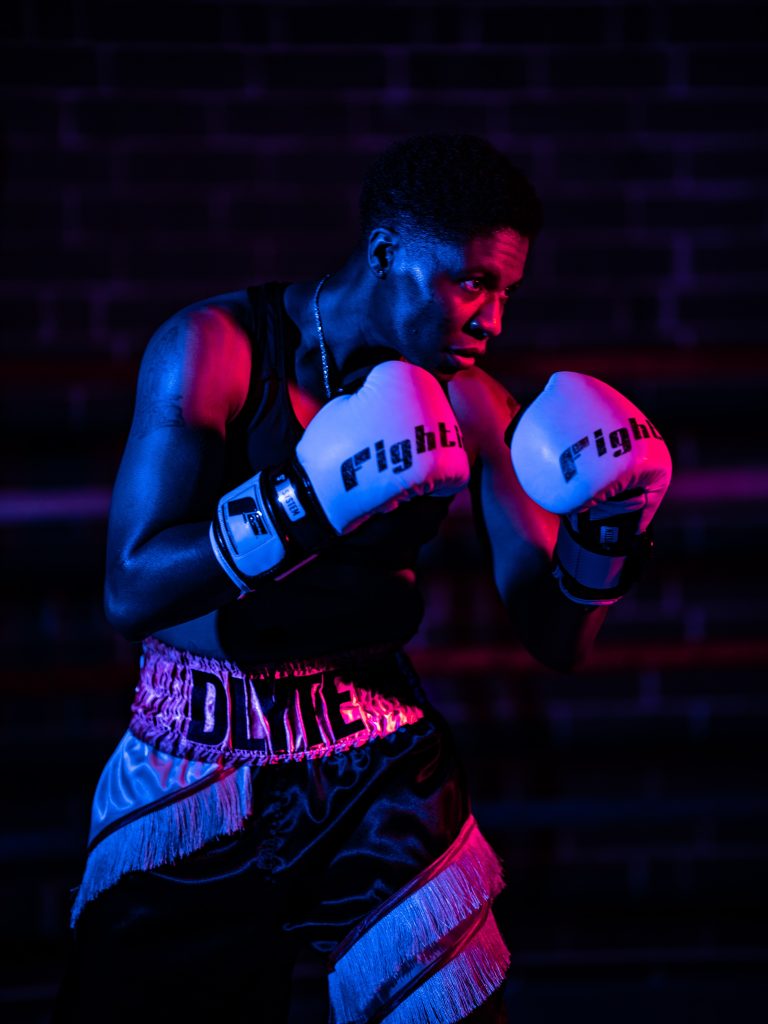History of Karate in Japan: Origins, Development, and Growth
Karate is a martial art that originated in the Ryukyu Kingdom (now Okinawa, Japan) in the early 17th century. It involves punching, kicking, knee strikes, elbow strikes, and open-hand techniques. Karate has since spread to many other countries, with millions of practitioners worldwide.
In this blog post, we will explore the history of karate in Japan, from its origins as a local street-fighting style to a global phenomenon. We will analyze the development of karate, its growth, and the key figures who contributed to the popularity of the sport.
Let’s dive in!
Origins of Karate in Japan
Karate has its roots in the Ryukyu Islands, an archipelago situated between Japan and Taiwan. The islands were independent until the late 19th century and had their unique culture, including their style of martial arts.
The Ryukyuans had been influenced by Chinese martial arts such as kung fu and Fujian White Crane. They kept their martial arts training secret, and it was mostly practiced by the aristocracy.
However, the situation changed when Okinawa became a Japanese prefecture in 1879. The Japanese government banned the possession of weapons by the Okinawan people, leading them to look for alternative self-defense methods. This led to the popularization of karate in Okinawa.
Development of Karate in Japan
Karate began to evolve in Okinawa, with various instructors developing their techniques and styles, including Shuri-Te, Naha-Te, and Tomari-Te. In 1922, a group of Okinawan karate masters gave a demonstration of the martial art to the Japanese Emperor, Hirohito.
The demonstration was a milestone event that brought karate into the public eye in Japan. It was after this that karate slowly but steadily began to gain popularity in Japan as a martial art.
There were three major karate pioneers who developed the sport in mainland Japan. The first of these was Gichin Funakoshi, who founded the Shotokan style of karate in 1936. He wrote the classic book „Karate-Do: My Way of Life“ in which he laid out the philosophical principles of karate.
The second major pioneer was Kenwa Mabuni, who founded the Shito-Ryu style of karate. He was known as the „cat that lived nine lives“ because of his many near-death experiences.
The third major pioneer was Chojun Miyagi, who founded the Goju-Ryu style of karate. He was a student of Kanryo Higaonna, who was inspired by Chinese martial arts.
Growth of Karate in Japan
Karate continued to grow in popularity in Japan in the 20th century, despite being banned during the Second World War. However, after the war, it re-emerged and became widely practiced throughout Japan.
In 1957, the first national karate tournament was held in Japan, which brought karate into the world stage. During the 1960s and 1970s, many karateka (karate practitioners) traveled to Japan to study the martial art, and eventually, karate spread around the world.
Nowadays, there are many styles of karate, including Shotokan, Shito-Ryu, Goju-Ryu, Wado-Ryu, and Kyokushin. Each style has its unique features, techniques, and philosophy.
Key Figures in the History of Karate in Japan
Several pioneers, masters, and champions contributed to the popularity and growth of karate in Japan. Here are a few of the most influential figures in the history of karate:
- Gichin Funakoshi: founder of Shotokan karate and author of the classic book „Karate-Do: My Way of Life.“
- Kenwa Mabuni: founder of Shito-Ryu karate and known as the „cat that lived nine lives.“
- Chojun Miyagi: founder of Goju-Ryu karate and student of Kanryo Higaonna.
- Mas Oyama: founder of Kyokushin karate and the developer of the full-contact style of karate.
- Hirokazu Kanazawa: master of Shotokan karate and Japan’s 56th national karate champion.
Top Most Frequently Asked Questions About The History Of Karate In Japan
Karate is one of Japan’s oldest martial arts practices that has gained popularity around the world. It’s a discipline that has been practiced for centuries in Japan and has since evolved into various styles and forms. Learning the history of karate in Japan is important to better understand the values, principles, and techniques that make up this discipline. In this article, we will provide answers to the top frequently asked questions about the history of karate in Japan.
What Is Karate?
Karate is a form of martial art that originated in Japan. The word „karate“ means „empty hand“ in Japanese, which refers to using one’s own body as a weapon. Karate consists of hand and foot strikes, blocks, and grappling techniques. It is one of the most popular martial arts in the world, loved for its versatility and effectiveness in self-defense.
When Did Karate Originate In Japan?
Karate’s origin story is rooted in Okinawa, Japan, during the 17th century. Okinawa was then an independent kingdom that had banned the possession of weapons among its people. This resulted in the development of unarmed combat techniques, which eventually evolved into karate. Various styles of karate emerged in different parts of Okinawa and were later brought to mainland Japan.
What Is The Difference Between Okinawan Karate And Japanese Karate?
While Okinawa is considered the birthplace of karate, it was refined and developed further in mainland Japan. The styles of karate that originated in Okinawa are referred to as Okinawan karate. Japanese karate, on the other hand, includes styles that were developed in Japan and are typically more modernized. The techniques and training methods in Okinawan karate tend to focus more on practical self-defense, while Japanese karate places more emphasis on sport and competition.
Who Is The Founder Of Modern Karate?
The founder of modern karate is Gichin Funakoshi. He was a prominent figure in karate during the early 20th century and was responsible for introducing karate to Japan in 1916. Funakoshi developed a style of karate that emphasized discipline, respect, and inner strength. His teachings became popular, and he became known as the „father of modern karate.“
What Are The Main Styles Of Karate?
There are many styles of karate, each with its unique techniques and principles. Some of the most popular styles include Shotokan, Goju-Ryu, Shito-Ryu, Wado-Ryu, and Kyokushin. Shotokan is one of the earliest styles of karate and is known for its powerful strikes, while Goju-Ryu is focused more on traditional Okinawan techniques. Shito-Ryu is a blend of different styles, and Wado-Ryu combines karate with jujutsu. Kyokushin is known for its emphasis on full-contact sparring and physical conditioning.
Is Karate Practiced Around The World?
Today, karate is a popular martial art that is practiced all around the world. It was first introduced outside of Japan in the 1920s and 1930s and has since spread to every continent. Karate is practiced by people of all ages and backgrounds and is appreciated for its physical benefits as well as its emphasis on discipline and respect.
What Is The Philosophy Behind Karate?
Karate is a discipline that emphasizes mental as well as physical strength. It is founded on the principles of respect, discipline, and self-control. The goal of karate is not just to develop physical skills but also to cultivate inner strength and character. Practitioners of karate strive to improve themselves continually and to respect others, regardless of their skills or abilities.
In conclusion, Karate has a rich history, and the discipline has grown to be one of the most popular martial arts practices worldwide. The philosophy behind karate is one that emphasizes personal growth and development through hard work, discipline, and respect. Anyone can practice karate, regardless of age, gender, or physical ability. It is a martial art that has proven to be both practical and effective in self-defense situations, making it an excellent discipline for people to learn.
History of Karate in Japan: A Comprehensive Guide
Introduction to Karate
Karate is a martial art that originated in Okinawa, Japan, during the Ryukyu Dynasty. The word „karate“ is a combination of the Japanese words „kara“ (empty) and „te“ (hand) and can be translated to mean „empty hand.“ Karate incorporates striking, kicking, grappling, and throwing techniques to defeat one’s opponent.
The Evolution of Karate in Japan
Karate started as a system of self-defense used by the people of Okinawa, Japan. Over the years, it evolved into a popular form of martial arts that was practiced by people all around the world. In the early 1900s, a man named Gichin Funakoshi introduced karate to Japan, where it gained popularity among the general public.
Step-by-Step Guide: Learning Karate
If you’re interested in learning karate, here’s a step-by-step guide to get you started:
Step 1: Find a Dojo
The first step in learning karate is to find a reputable dojo or training center in your area. Do some research and check out different dojos to see which one is the best fit for you. Look for a dojo with professional instructors who can teach you the fundamentals of karate and guide you through your training.
Step 2: Get the Right Gear
Before you start training, it’s important to get the right gear. This includes a karate uniform, or gi, which consists of a jacket, pants, and belt. You’ll also need protective gear, such as hand and foot guards, headgear, and a mouthguard, to minimize your risk of injury while training.
Step 3: Learn the Basic Techniques
Once you’re all geared up, you’ll start learning the basic techniques of karate. These include punches, kicks, blocks, and strikes, which are the foundation of the martial art. Your instructor will teach you proper form and technique, and you’ll practice these techniques over and over until you master them.
Step 4: Master the Kata
Kata is a series of movements and techniques performed in a specific sequence. It’s an important aspect of karate training, as it helps students develop their physical abilities and mental agility. You’ll learn different katas as you progress through your training, and you’ll be expected to perform them with precision and accuracy.
Step 5: Spar with Your Fellow Students
Once you’ve mastered the basic techniques, you’ll start sparring with your fellow students. This is a chance to put your skills to the test and practice your techniques in a controlled environment. You’ll learn how to defend yourself against different types of attacks and how to counterattack effectively.
Step 6: Test for Your Belt
As you progress through your training, you’ll have the opportunity to test for your belt. Each belt represents a different level of proficiency in the martial art, and you’ll need to demonstrate your mastery of the techniques and katas to advance to the next level.
Conclusion
Karate is a fascinating martial art that has a rich history in Japan. If you’re interested in learning karate, finding a reputable dojo, getting the right gear, and mastering the basic techniques, katas, and sparring are essential steps in your journey. With dedication and practice, you can become a skilled karateka and join the many people around the world who practice this art form.
Inhaltsverzeichnis

